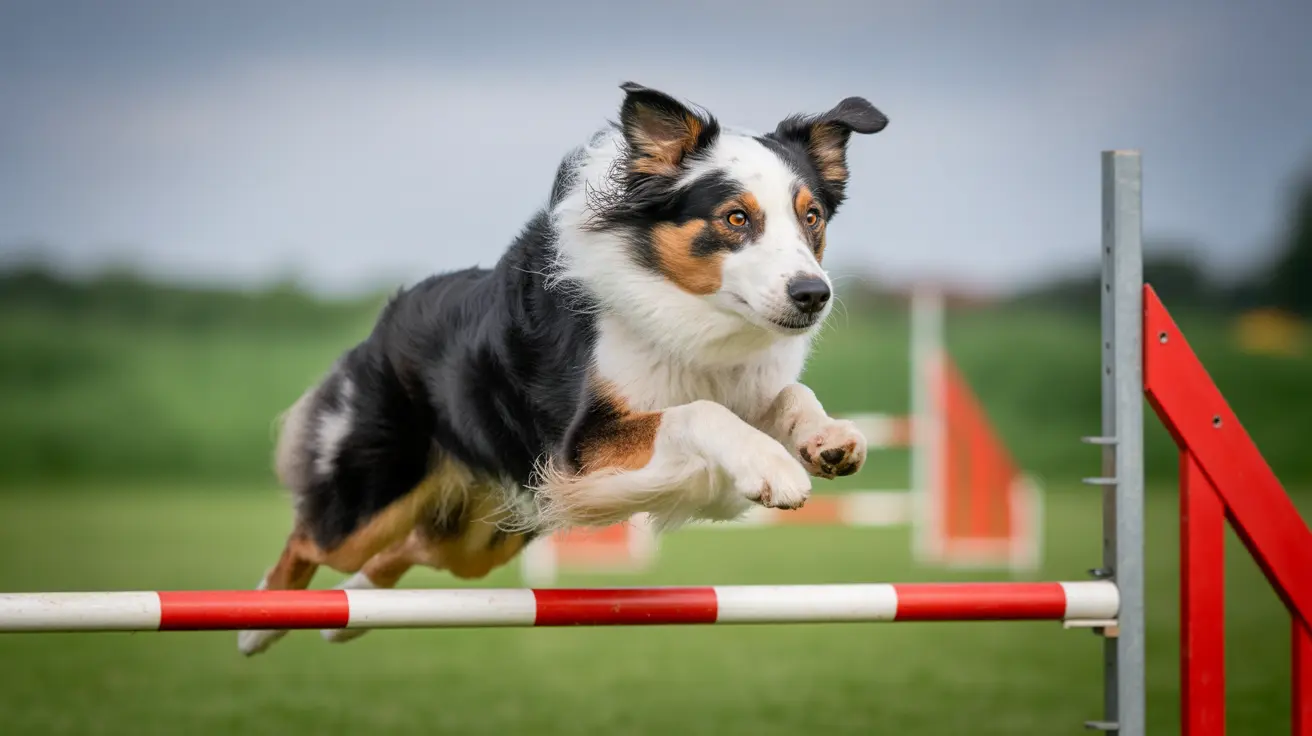Understanding the Challenges of Owning a Coonhound
Treeing Walker Coonhounds are beloved for their athleticism, intelligence, and hunting prowess. However, like all breeds, they come with certain challenges. For potential owners, it's crucial to understand the negatives associated with the breed to ensure a good match for both the dog and the family.
1. High Energy and Exercise Requirements
One of the defining characteristics of Treeing Walker Coonhounds is their boundless energy. These dogs were bred for endurance and vigor in the field, making them unsuitable for sedentary lifestyles.
- They require at least an hour of vigorous exercise every day.
- Ideal environments include large fenced yards or regular access to hiking trails.
- Without adequate physical and mental stimulation, they can become destructive or anxious.
2. Loud and Frequent Vocalizations
Coonhounds are known for their unique bays and barks — sounds that serve an essential function during hunts but may be problematic in everyday settings.
- They have a loud, ringing bark that can be disruptive, especially in urban or apartment settings.
- These vocalizations are instinctive, making them hard to train out completely.
3. Strong Prey Drive
While their tracking abilities are admirable during hunts, at home, this instinct can create issues.
- They may see cats and small animals as prey, despite socialization efforts.
- Supervision is required if they share a home with smaller pets.
4. Independence and Stubbornness in Training
Coonhounds are intelligent, but this intelligence often comes with a strong independent streak.
- They were bred to think and work independently of humans, which can translate to stubbornness.
- Training requires consistency, patience, and positive reinforcement.
- Novice dog owners might find them challenging without proper guidance or experience.
5. Not Ideal for Quiet Households
Given their energy and vocal nature, Treeing Walker Coonhounds thrive in active, bustling homes rather than calm, quiet settings.
- Their energy and vocal behavior can be overwhelming in tranquil environments.
- They often demand attention and interaction from their families.
6. Prone to Certain Health Issues
While generally healthy, the breed does have a few common health concerns that owners should monitor.
- Hip dysplasia can affect mobility and comfort.
- Hypothyroidism is another concern that requires long-term management.
- Ear infections are common due to their large, floppy ears.
7. Dietary Control and Obesity Risk
While active dogs need nutritious diets, owners must be careful not to overfeed.
- Inactive coonhounds can quickly gain weight if not properly portioned.
- Monitoring treats, especially during training, is essential.
8. Space Requirements
Due to their size and energy, Treeing Walker Coonhounds do best in environments that offer space to roam.
- They are not well-suited for compact apartments without significant outdoor time.
- They thrive in homes with yards or access to nearby nature.
Is a Coonhound Right for You?
Treeing Walker Coonhounds are incredible companions for the right type of owner. They shine when given structure, stimulation, and physical outlets.
In summary:
- Perfect for active owners or families who enjoy the outdoors.
- Challenging for first-time dog owners or those living in small spaces.
- Require understanding of their instincts and proper environment to thrive.
By recognizing these potential negatives, you can make an informed decision about whether a coonhound is the best fit for your home. With proper care, training, and patience, their loyal and affectionate nature can be a wonderful addition to the right household.





